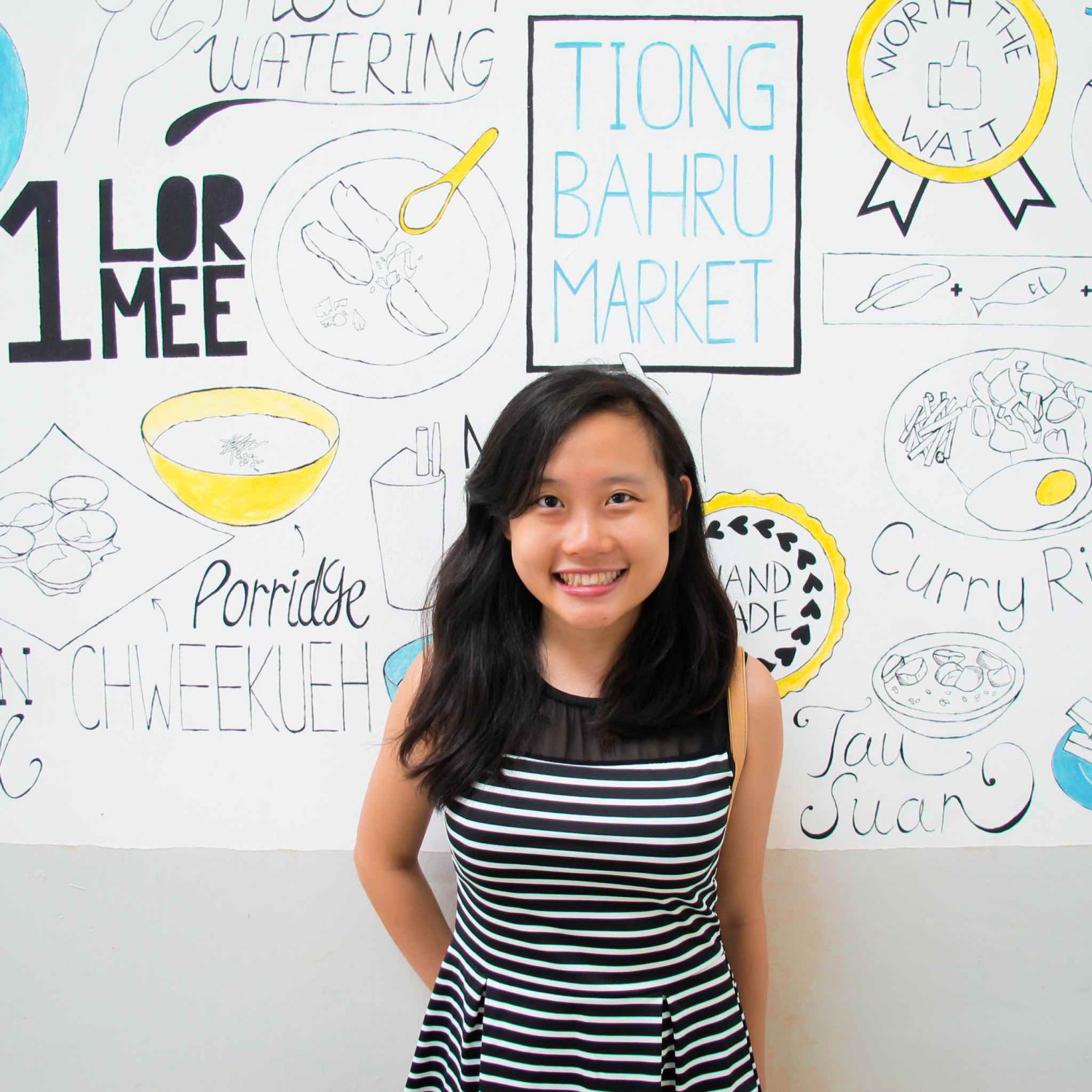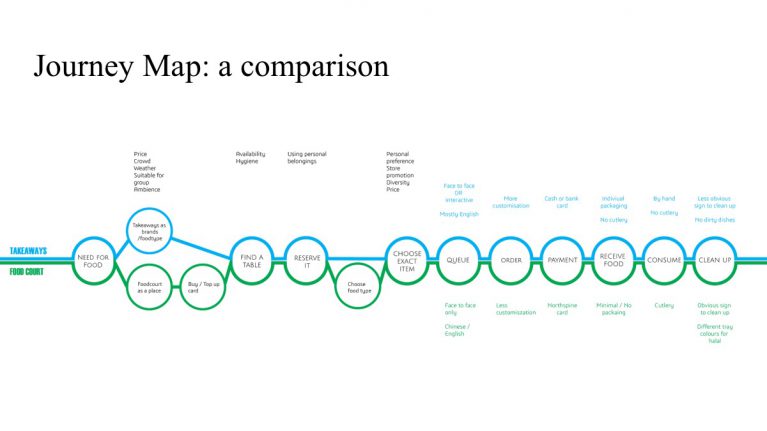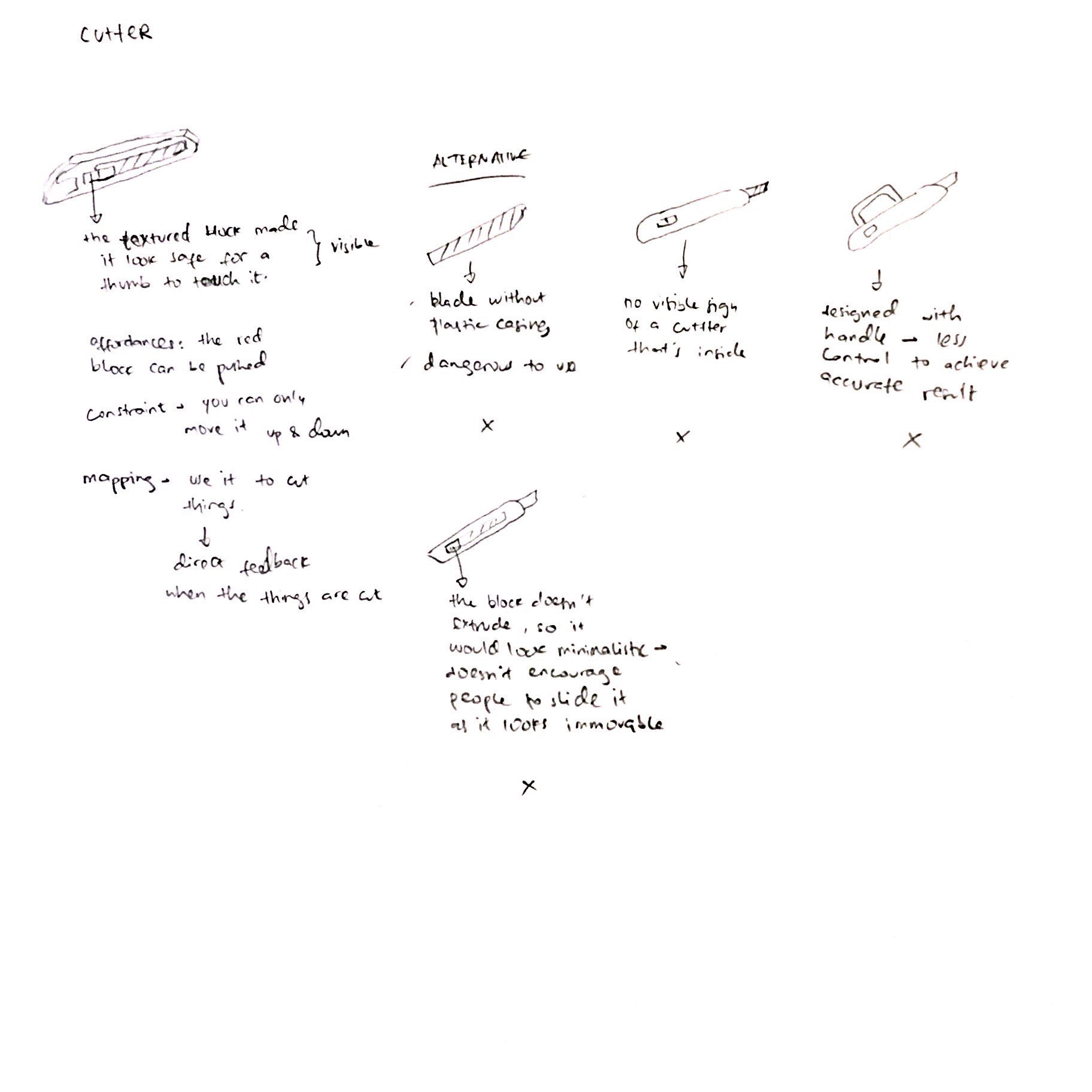Part 1: Write a response to the exhibition “Future World”. Keep in mind the following questions – What is experience design and what are the possibilities of responsive environments? How might this change the way we think about the world around us and the ways that we communicate with each other?
The visit with UX class to Future World exhibition at Marina Bay Sands was not my first time visiting. I had been there a month before. The experience was different as for the second visit, we had a representative from Team Lab give us a tour.
Comparing the two experiences, I definitely became more aware of the possibilities of the exhibition after hearing from the Team Lab rep.
For example, I did not know that I can control the crystal universe star colours using my mobile phone on my first visit. What my friends and I cared about was taking photo of the beautiful scene.
However, my lack of knowledge that I could control the colour animation did not make my experience less enjoyable. I love the sensation of being in the outer space. This installation intrigued my senses: hearing the ambience music, touching the LED strings, seeing the movement of the stars.
Indeed, after knowing that I could participate in customizing the experience from my phone excited me even more. It’s amazing what science and technology can do to create an artistic experience. We do not get to experience these in daily life.
So, what is experience design? Marc Hassenzahl, in his book Experience design: technology for all the right reasons, explains that
Experience Design asserts design not to be about products anymore but about the experiences they deliver. This requires a broadened perspective, with the fulfillment of psychological needs (values), which in turn creates meaning and emotion, as the prime design objective.
Since experience design concerns about how the audience will experience, this Crystal Universe, which is an example of designed experience is very different from conventional artwork, Mona Lisa.
🙂
My take is, experience design is immersive and is considerate towards the audiences’ experience. In contrast, a painting is a restricted only for the audience to view. Certainly, Da Vinci did not design how the art viewer should enjoy his artwork.
For now and in the future, we will see more companies changing their approach of reaching their customers by elevating their customer experience. Read more here.


























































